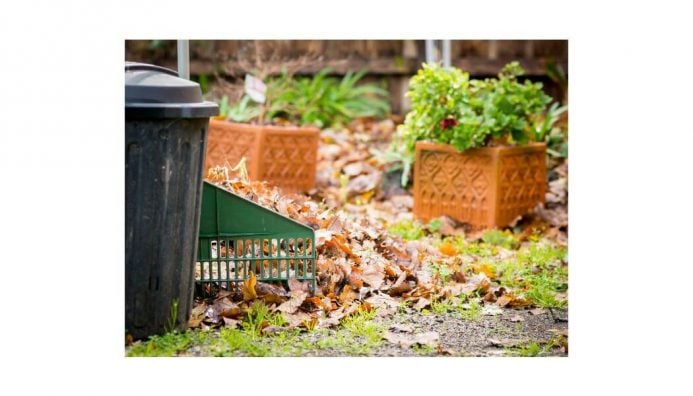Cows make Christmas extra cheerful
It might seem like a real chore to have to take care of the animals before any Christmas gifts or meals can happen, but to me it is such a special time.
Read MoreHello, Everyone!! I hope you all had a safe and spooky time during the Halloween festivities this fall.
I don’t know about you, but I can’t think of anything spookier than the mountain of chores that comes with changing seasons. The leaves, killing stink bugs, decorations, garden cleanup, and the list goes on and on. Days are getting shorter, so I’m here to help you get some time back on your calendar.
Leave the leaves
With any luck the wind will blow them over to your neighbor’s yard and you won’t have to worry about them. If you’re on the receiving end of the wind, don’t worry; the leaves are just free fertilizer for your lawn. As the leaves break down over the winter, all the nutrients stored in them will slowly return to your lawn providing a great start to your grass next year. Each ton of leaves contains approximately 20 pounds of nitrogen, which is nearly equal to 50 pounds of urea fertilizer. You can assist the breakdown process by mulching the leaves with your mower, but don’t mow over large piles. A build up of leaves on a mower deck can get hot and catch fire which can spread quickly in our dry conditions. There is really no downside to leaving the leaves in your lawn unless you find them unsightly. If you leave the leaves, your shoulder, grass, and native insects will all thank you.
Bug invasion
Speaking of bugs, it’s that time of year again that the invasive brown marmorated stink bug, Asian lady beetle and other pests invade your home. Sometimes it feels like an invasion that can’t be stopped. If there is a tiny crack in your home, they will find a way to get inside where it’s warm and cozy. Sealing every crack in your siding, foundation, windows, roof and doors is the only effective way to keep them out. Want to open your windows to enjoy the fall air? Expect a stink bug or 20 to join you. Using a vacuum is an effective way to clean them up without creating too much of a stink. Another invader that we have seen a lot of this year is the black and red box elder bug. These native insects are large (about 3/4 of an inch) and not harmful, but still a nuisance. With all these home invaders, physical removal is a safer option than insecticides indoors.
Dealing with decor
Outdoor fall decorations will start to sag and lose some of their appeal as the nights get colder. Your once upright pumpkin will get a little soft, and eventually will lose its guts. Hopefully it’s not on your porch. A compost pile is usually the best place for these decorations since you can recapture those nutrients for your garden. These “trash pumpkins,” as we affectionately call them at our house, will have all sorts of shapes, colors, and sizes. Pumpkins can cross pollinate with many squash, gourds and other cucurbits, creating a fun guessing game for what the seeds will produce next year. Just make sure you put the pumpkins in the compost before they are too saggy, you don’t want them to lose their guts when you pick it up.
Waiting for a hard frost
It seems that a lot of the fall chores try to create a cleaner environment for the winter months. This is especially true when discussing fall garden preparations. Tilling under a garden at the end of the season is akin to a period at the end of the sentence for some. Tilling under garden debris too soon can be detrimental for next season. Although we’ve had several frosts already this fall, we really haven’t yet experienced a hard frost below 28 degrees F.
These hard frost events help reduce diseases on the soil surface that remain from the growing season. If you till those diseases into the soil before a hard frost, they are safely protected 6 to 8 inches deep in the soil where it is much warmer. If you can, wait for at least a couple of hard frosts before putting your garden “to bed.”
Sometimes the best course of action is nothing at all. Leave the leaves, forget the garden, and compost the decorations. With any luck you will have more time this fall to spend with your family, watch football, go hunting, or rake the leaves into a pile for the kids to play with. Have a safe fall!
Submitted by Lee Beers, extension educator, agriculture and natural resources, the Ohio State University Extension. He can be reached by email.
OFBF Mission: Working together for Ohio farmers to advance agriculture and strengthen our communities.
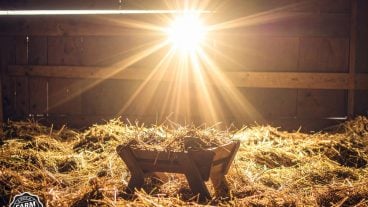
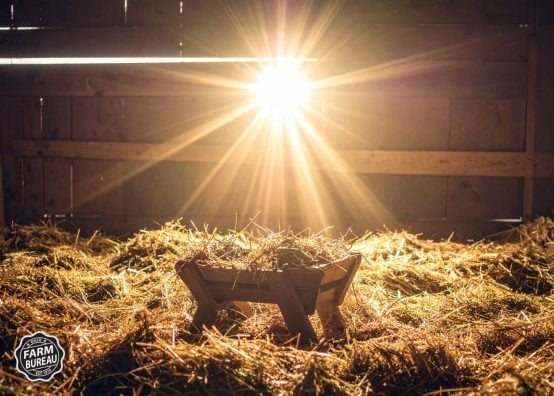
It might seem like a real chore to have to take care of the animals before any Christmas gifts or meals can happen, but to me it is such a special time.
Read More

Happy Thanksgiving, Everyone! I say it every year, but Thanksgiving is my favorite holiday. The gathering of friends and family…
Read More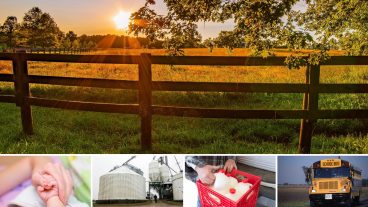

We need to get back to being people who see the good before the differences. Because when agriculture thrives, communities thrive.
Read More

As we pull on our hoodies, light our jack-o’-lanterns and sneak just one more piece of candy, we can thank agriculture for giving us the most spooktacular night of the year.
Read More

It is currently illegal to sell unpasteurized milk in Ohio. There is a renewed interest in raw milk sales, so that could change.
Read More
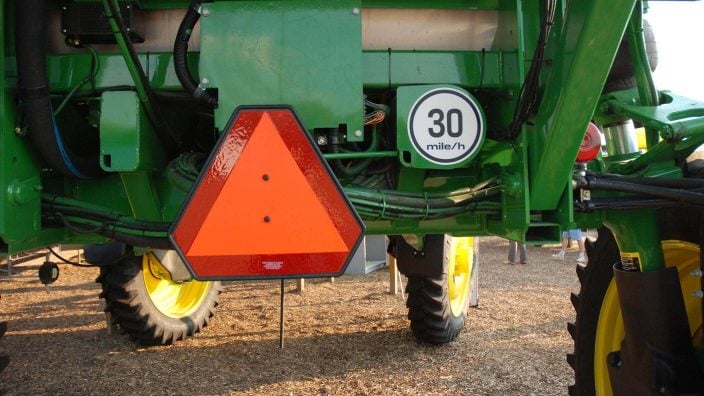
Fatigue and stress can sneak up on even the most seasoned farmer. Please, take care of yourselves.
Read More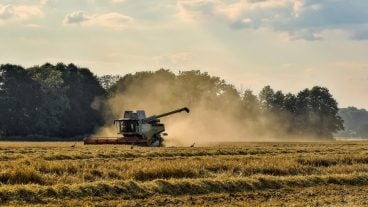
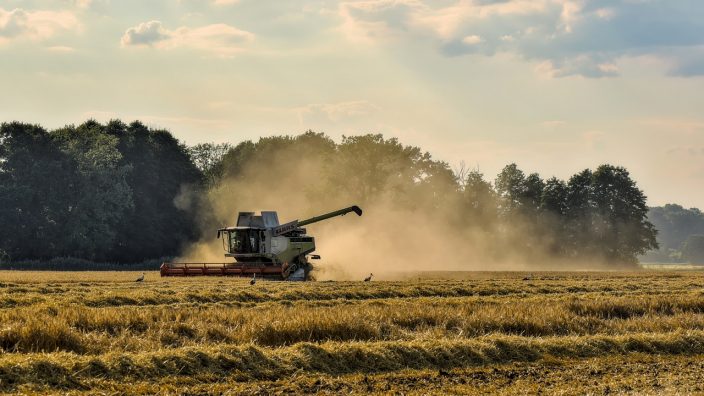
Traveling on roads with large, often oversized equipment adds to the stress.
Read More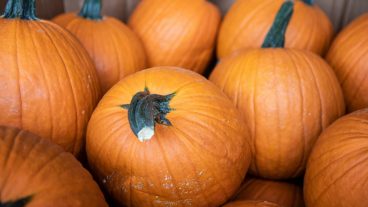
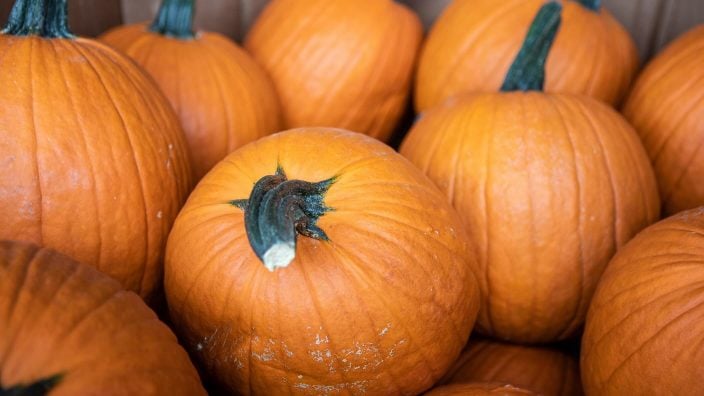
Much of Ohio’s pumpkin crop ends up at farm markets, roadside stands and patches where families pick out carving pumpkins and pie pumpkins by hand.
Read More
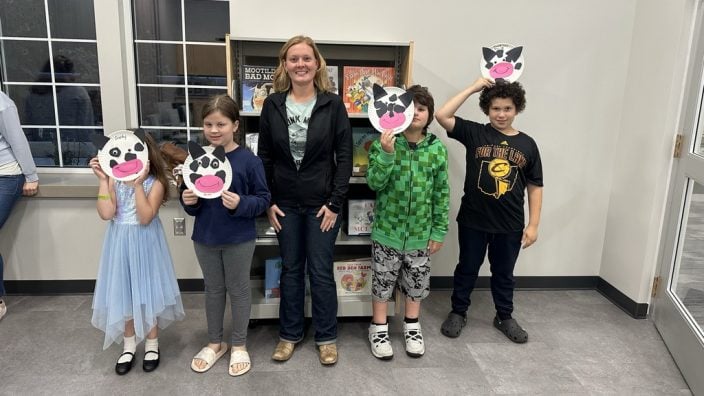
Seeing these events be so successful and having kids so excited and eager to learn is truly heartwarming.
Read More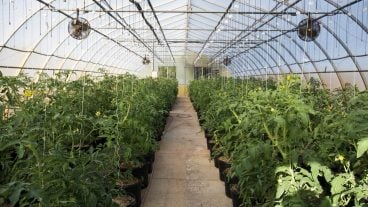
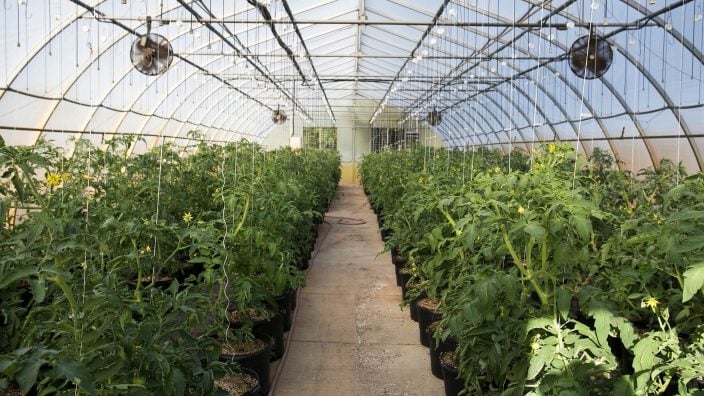
CEA will not replace traditional farming, but it is helping our food supply be more sustainably produced in the United States.
Read More